|
|
 |
 |
 |
|
|
|
||||
 HS Art and Design I : SAMPLE A |
||||
|
Course Title: Art & Design I ( Painting and Drawing I ) Instructor: Jorge Perez-Rubio School: SAMPLE I Course Description, Aims and Objectives: The purpose of this course is to enable students to develop basic perceptual and compositional skills necessary to communicate a range of subject matter, symbols, ideas, and concepts using knowledge of two-dimensional and three-dimensional art techniques and processes. Painting is a Language and Drawing is like Writing. II Format and Procedures: Regarding Studio maintenance, set up and clean up must be immediate at the start and at the end of class (Tools and Storage). Weekly art discussions and participation therein is required � written assignments and other exercises at the instructors� discretion. Students are encouraged to work on their own time and to balance creativity with diligence in the display and exchange of ideas via the Elements of Art and the Principles of Design. III Course Requirements: Selected Course Readings My First Portfolio Intro to Toolbox & Sketchbook IV Grading Procedures: Classroom expectations: All work is to be turned in on time and done to the best of your ability � in an art class � you only cheat yourself from developing as an artist � and if you do well � you should be able to apply your visual thinking techniques and art vocabulary to other aspects of your school and your life. Students will be graded on classroom performance and completion of art work as well as academic exercises. An additional grade will be given to the sketchbook, the portfolio/book/website, Research Assignments and Midterm & Final exams. V Course Schedule: The schedule will consist of subject studies in art techniques through (1) the Landscape, (2) the Figure and (3) the Still life. Non-Objective Art will also be covered. Working from am outline of the Ancient History of Art, we will explore the way people make art and we are going to make art ourselves. As a matter of course, we will identify career options related to the visual arts (and vice versa) and when possible, engage artists and craftsmen currently working in the community. VI Course Policies: Class attendance is required, outside work is expected. Participation in extracurricular activities is encouraged and may affect your grade. VII Final Word: If you can Read and Write, then you can learn to Draw. .... 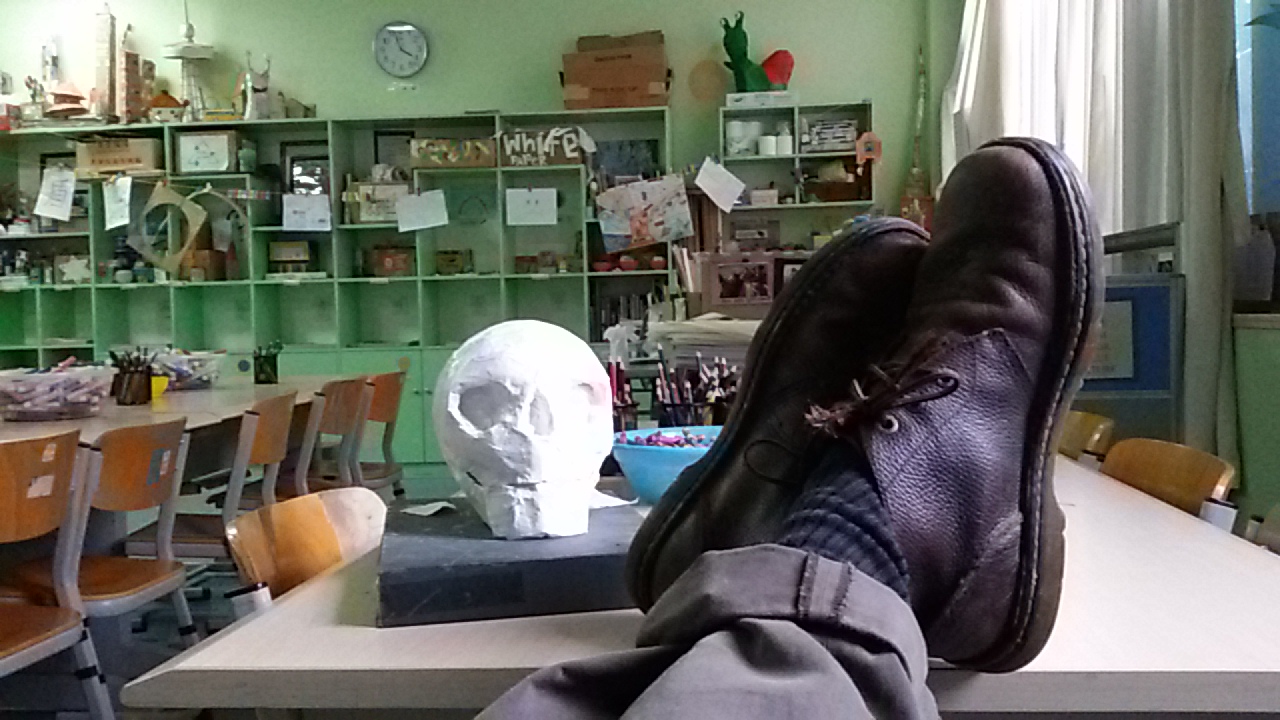 HS Art and Design I : SAMPLE BOBJECTIVE: to develop BASIC Perceptual and Compositional skills>> While working out a Basic Outline of the History of ART we will 1 explore the way people make art and 2 we are going to make art ourselves. The areas that the course covers are drawing, painting, printmaking, the camera arts (photography video and film), sculpture, architecture, graphic arts and crafts. We will talk about what we are doing by learning the Elements and Principles of Design: Line - Shape - Form - Color - Value - Texture - Color Balance - Emphasis - Unity - Movement - Rhythm - Pattern - Space Classroom expectations: 1)All work is to be turned in on time and done to the best of your ability. In an art class, you only cheat yourself from developing a as an artist and if you do well, you should be able to apply your VISUAL THINKING & COMMUNICATIONS techniques to other aspects of your school and your life. 2)"You are only a painter when you are painting." (the rest of the time you are a bum, says Pablo Picasso.) Explain "practice practice practice" 3) "All artists work with what they have ." See MATERIALS LIST "Good design is good thinking". Saul Bass And if drawing and painting are like reading and writing, just imagine if you got this far and you could not read and write - happy drawing everybody and welcome to art class. .... 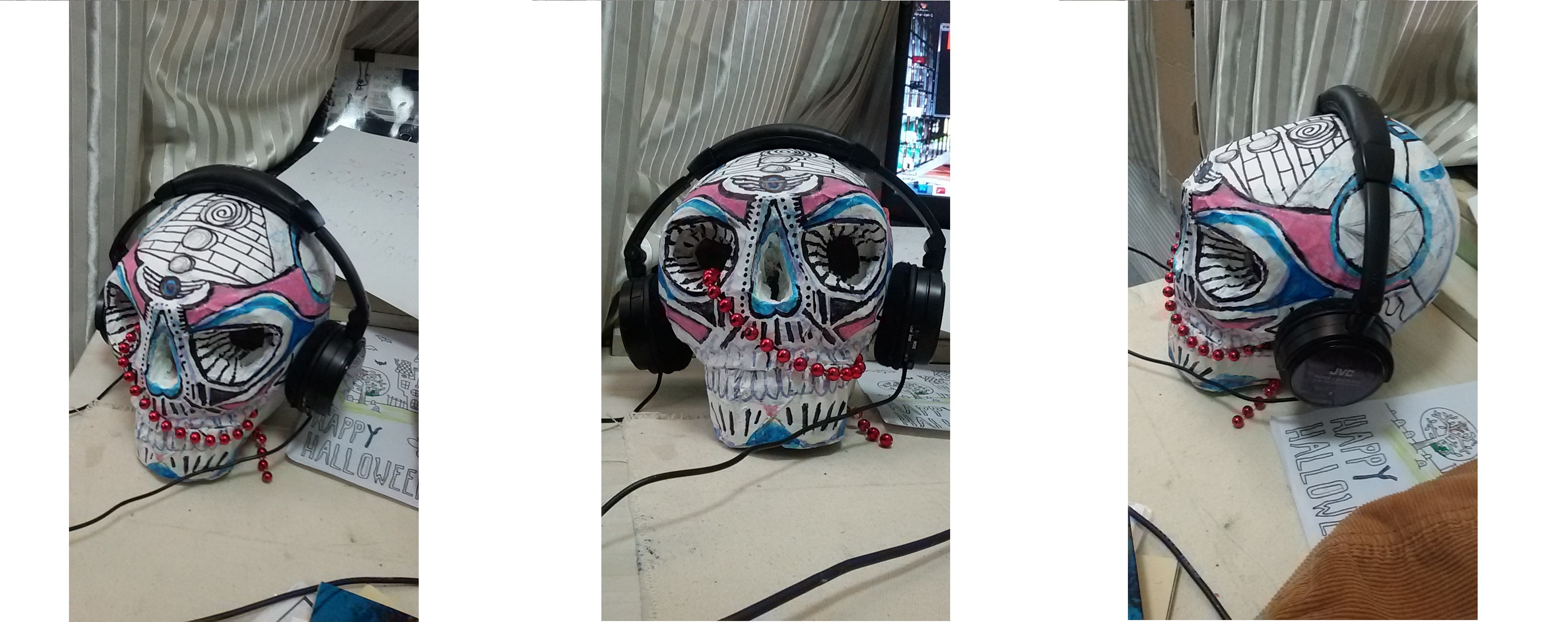 Click here for more information on ART IN EDUCATION: CLASSROOM PROCEDURES 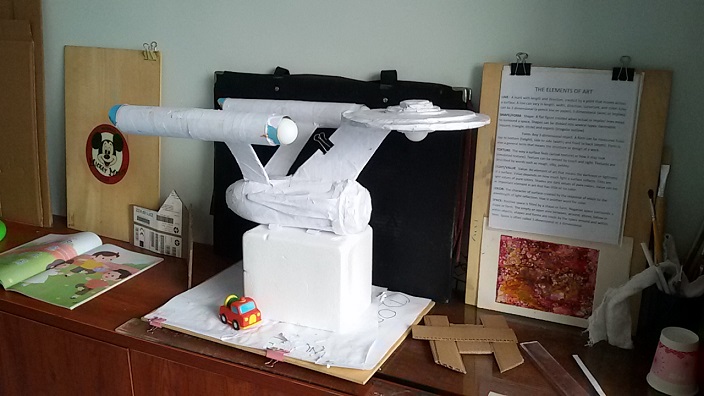 ......
......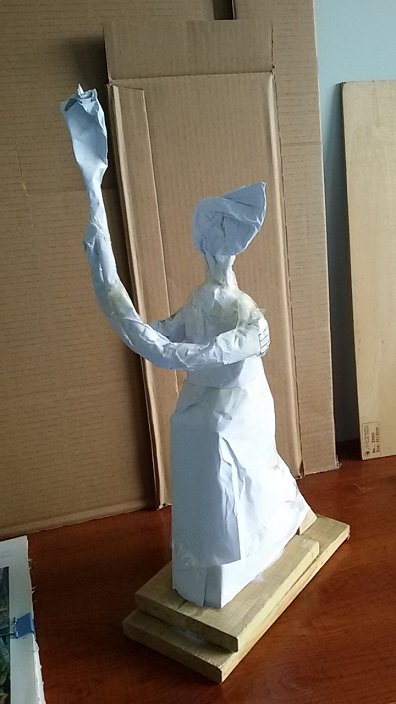 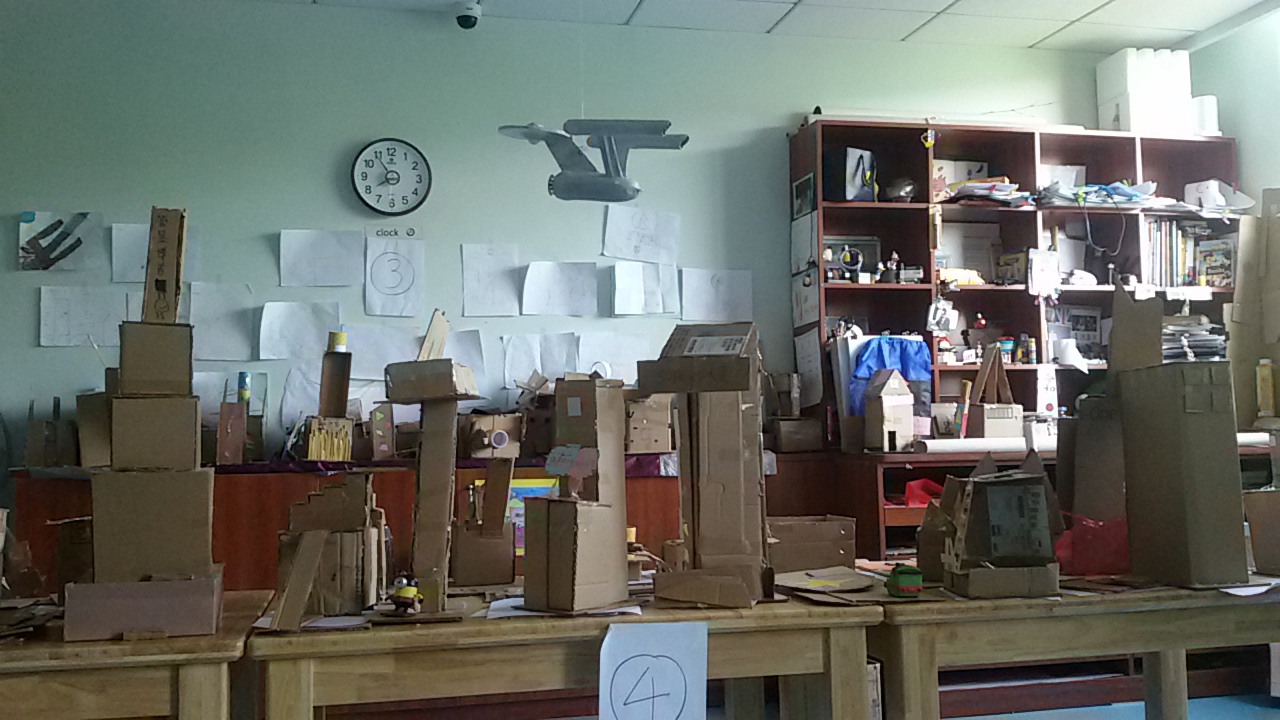  |
Questions or Comments Please Email : Info@Perez-Rubio.com